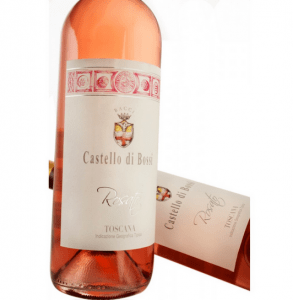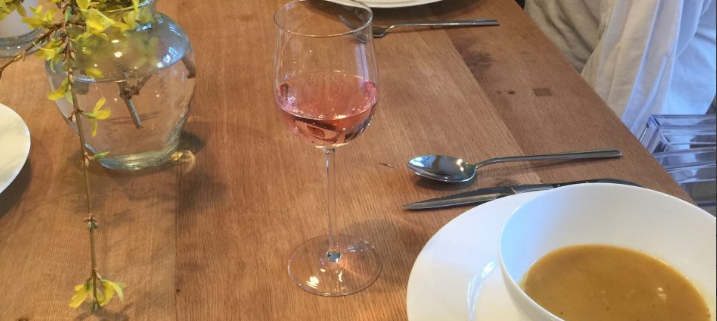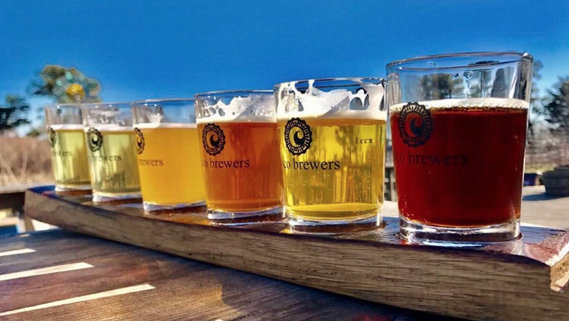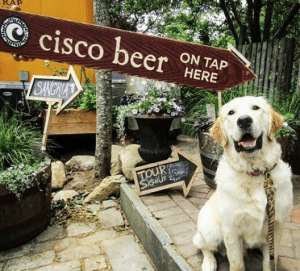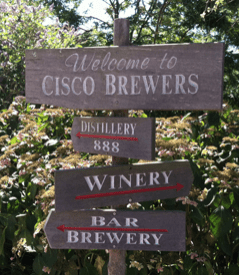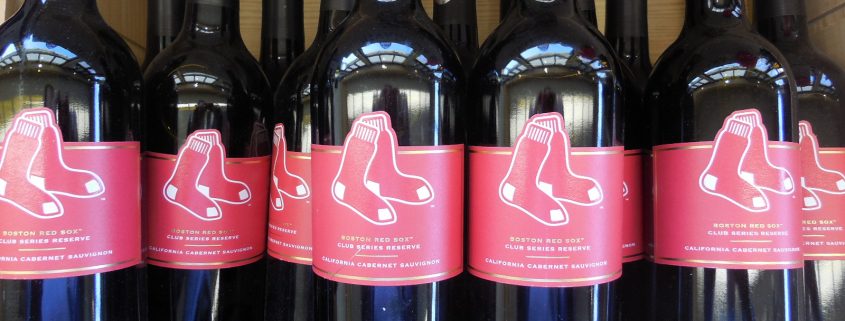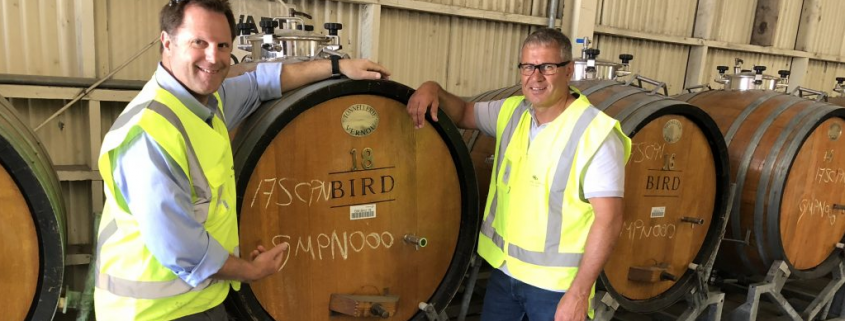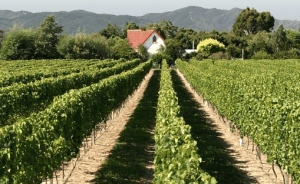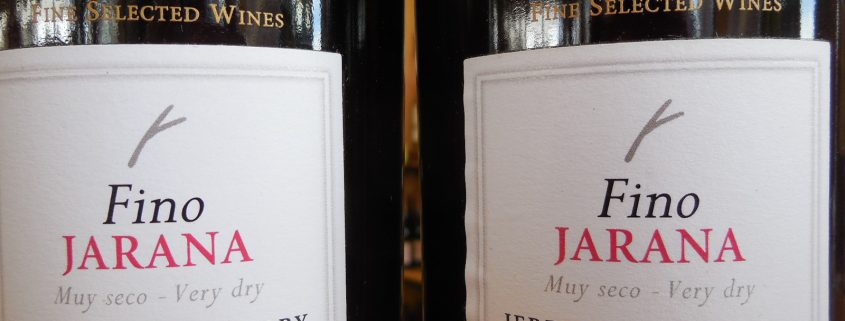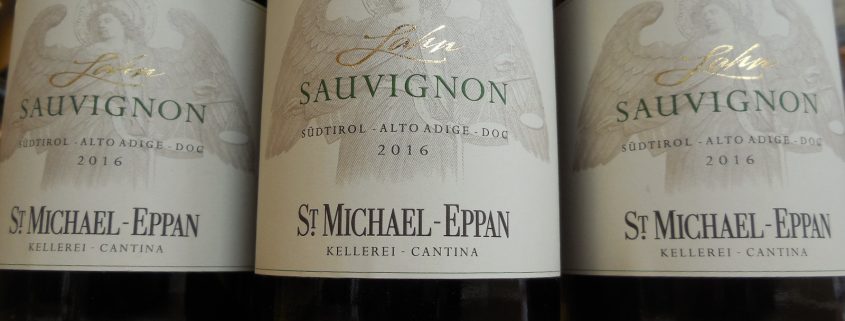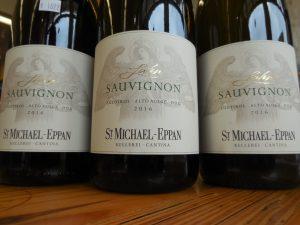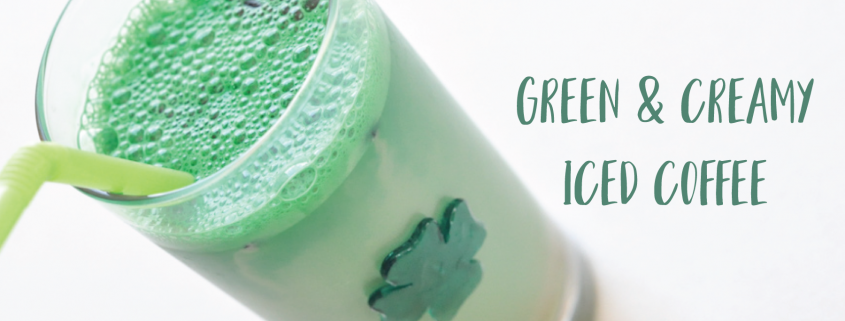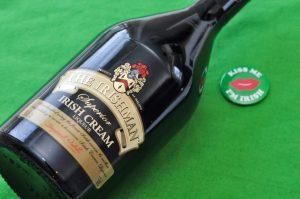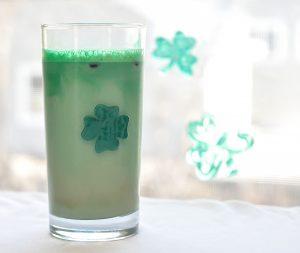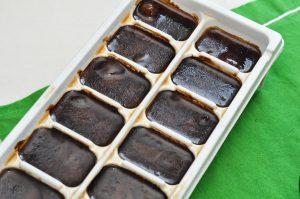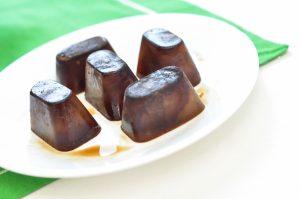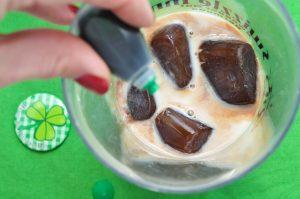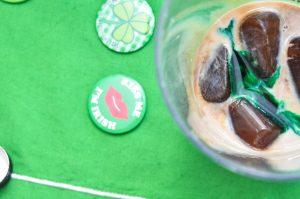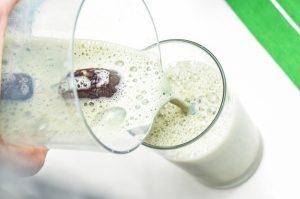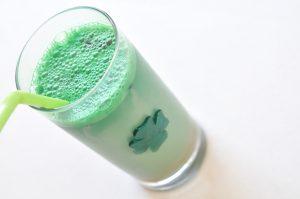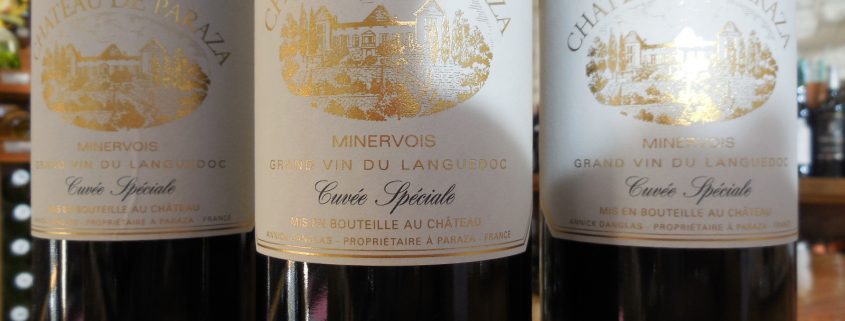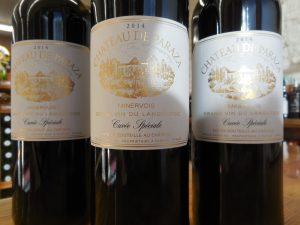We have all read the novels where a British matriarch insists on the family dressing formally for dinner and beginning the evening with a round of sherry. Before I ever tried sherry, I always pictured it as a very sophisticated tipple that only the most refined people can enjoy. Then, in my youth, I was introduced to cream sherry, a sweet syrupy concoction that seemed likely to induce a headache when followed by wine at dinner.
It has only been in recent years that (here in the US), the entire range of sherry, from bone dry to sweet, has emerged from the dusty drawing rooms of the china tea set crowd to shine as an aperitif, but also as a wine that can be paired with food and mixed into cocktails. It is a very versatile wine that while making one feel quite sophisticated and international, can still be enjoyed just for itself.
There are several types of sherry one can choose. The lightest and driest style is “Fino” from Jerez or sometimes, Xerez in Spain. On the open, it has a nutty flavor – is it almonds? pecans? and perhaps a bit of salty creaminess? Then one gets a better sense of how it is made – in humid cellars with a mild mushroom note. Then as one continues to contemplate what this is doing to your palate – you get an amazing, yeasty breadlike flavor all over that makes you want to take that next sip and experience it all over again.
Sherry is quintessentially a winemaker’s wine. It is made from the Palomino Fino grape in the town of Jerez de la Frontera in Spain. The British, reluctant to pronounce “jerez” simply called it Sherry. The Palomino grape can withstand drought well – a boon in the arid land of southern Spain – and “produces a reliable crop of slightly low acid, low sugar grapes whose wine may oxidize easily – in short, perfect raw material for sherry.” (JancisRobinson.com) Because it oxidizes so easily, fino sherry is produced in humid, hot cellars that are an ideal breeding ground for a type of mold called “flor.” The flor creates a crust over the wine that imparts a wonderful, cheesy flavor while also protecting it from oxygen by creating a largely impermeable barrier over the liquid (if this barrier of flor is intentionally broken to create a more oxidized style, it is called “oloroso;” if it is unintentionally broken and then further aged, it is called “amontillado”).
One of the coolest aspects of making sherry is the way it is aged and blended. The youngest wines are used to top up the newest barrels of what is known as the solera. It is system by which the wines can be “fractionally blended,” meaning that some wine is new, some is old and these are blended in parts over the course of several years to create a wine of great consistency and relatively high average age. The closest analogy is an escalator. The young wine goes into the barrels on the top level, but only makes up about 50% of that barrel. After a year or two, 50% of this wine is moved to the next level for further aging while 50% of the second level wine is moved to the third level and so on. Usually, there are about 5 to 8 levels on the escalator and each level has a higher and higher average age. Some part of the wine in the last level will still be the very original wine you started with – whether that is 30 years or 50 years old. It is like an extended family tree, with all the character and ructions of each vintage smoothed out to create a unique flavor profile.
Unfortunately, it is wine to be drunk in small quantities or blended into cocktails (see below for two fabulous recipes!). We have enjoyed sherry as an aperitif with marcona almonds, fried calamari and avocado & shrimp salad. But anything salty like olives, any seafood such as oysters, clams, mushrooms caps stuffed with crabmeat or mussels in white wine sauce and most anything fried, like corn fritters would pair beautifully with Fino.
Sherry Cocktail Recipes To Try:
The Sherry App:
1 1/2 ounces Aperol
3/4 ounce fino Sherry
1 ounce fresh grapefruit juice
1/2 ounce fresh lemon juice
1/4 ounce honey simple syrup
Directions: Combine in shaker with ice, shake and strain
The Rye Witch:
1 1/2 cups Kentucky rye whiskey
3 tablespoons Strega (herbal liqueur)
3 tablespoons Fino Sherry
2 tablespoons simple syrup
12 dashes orange bitters
12 orange twists
Directions:
- Combine first 5 ingredients in a large pitcher. Add ice; stir for 15-20 seconds. Strain the mixture into 6 chilled coupe glasses.
- Pinch an orange twist over each drink, then rub around rims of glasses to release oils from peel; discard peel.
Garnish each with a fresh twist.
